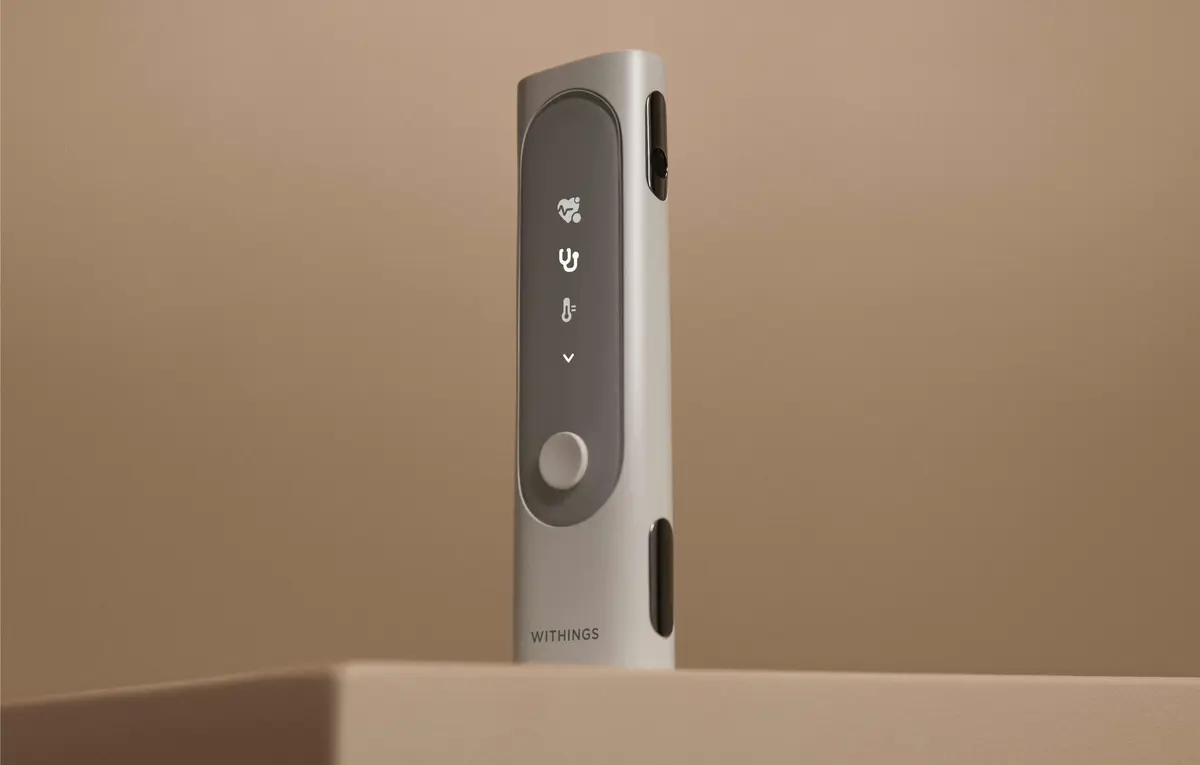Technology has transformed healthcare in many ways, from digitizing patient records to developing sophisticated medical devices. However, one of the most significant impacts technology has had on healthcare is improving the patient experience. Health tech has revolutionized how patients receive care by streamlining processes, providing better access to information, and enabling more personalized care. Here’s a closer look at some key health tech trends that improve the patient experience.
Telemedicine
One of the most significant trends in health tech is the rise of telemedicine or remote healthcare services. Telemedicine has become increasingly popular in recent years, driven by the need for remote care during the COVID-19 pandemic. Telemedicine can include video consultations with doctors, remote monitoring of patient health data, and even virtual reality therapy.
The benefits of telemedicine are many. For patients, it can provide more convenient access to care, particularly for those who live in rural or remote areas. It can also reduce the need for travel, which can be difficult or impossible for some patients. Telemedicine can also be more affordable, as it eliminates the need for in-person visits, which can be costly.
Artificial Intelligence
Another critical trend is the use of artificial intelligence (AI) to improve the patient experience in healthcare. AI software by Sutherland can analyze vast amounts of data, including medical records, images, and operational information. Sutherland software helps analyze this data to enable more personalized care by identifying patterns in patient health, optimizing scheduling and staffing, and developing predictive models for disease risk and treatment outcomes.
One area where AI is already having an impact is radiology. AI algorithms can analyze medical images, such as CT and MRI scans, to identify abnormalities that human radiologists may miss. This technology can help to improve the accuracy and speed of diagnosis, leading to better patient outcomes. Data analytics can help improve all aspects of the patient experience, from administrative complexities to diagnostics and treatments.
Wearables
Finally, another trend in health tech is the development of wearable devices and sensors. Wearable devices like smartwatches and fitness trackers can monitor various health metrics, including heart rate, sleep patterns, and activity levels. Healthcare providers can use this data to identify potential health issues and track patient progress.
Sensors can monitor patients remotely, which is particularly helpful to those with chronic conditions. For example, sensors can monitor blood glucose levels in patients with diabetes or blood pressure in patients with hypertension. The collected data and notifications from wearables can enable healthcare providers to adjust treatment plans in real-time based on the patient’s current health status.
Accessibility and Education
Another important consideration for patient experience in healthcare is the usability of health tech solutions. Health tech should be user-friendly and accessible to patients of all ages and abilities. Accessibility includes considering elements like font size, color contrast, and intuitive navigation.
Privacy and security are also critical considerations for patient experience in healthcare. Patients should feel confident that their health information is protected and used appropriately. Health tech solutions should have robust security features and data encryption to protect patient data from cyber threats. As hospitals and doctors integrate more digital solutions, cyber and patient security should be a top priority for all new workflows.
In addition to these considerations, healthcare providers should prioritize patient education and engagement. Patients well-informed about their health conditions and treatment options are more likely to be engaged and proactive in managing their health. Health tech solutions can provide patients with educational materials, such as videos and interactive tools, to help them understand their health conditions and treatment options.
Overall, technology can transform the patient experience in healthcare in many ways. From telemedicine to wearable devices to AI, health tech solutions can improve access to care, personalize treatment plans, and improve patient outcomes. However, keeping the patient at the center of these developments is essential and ensuring that health tech solutions are designed with the patient experience in mind. By doing so, we can create a healthcare system that is more efficient, effective, and patient-centered.




